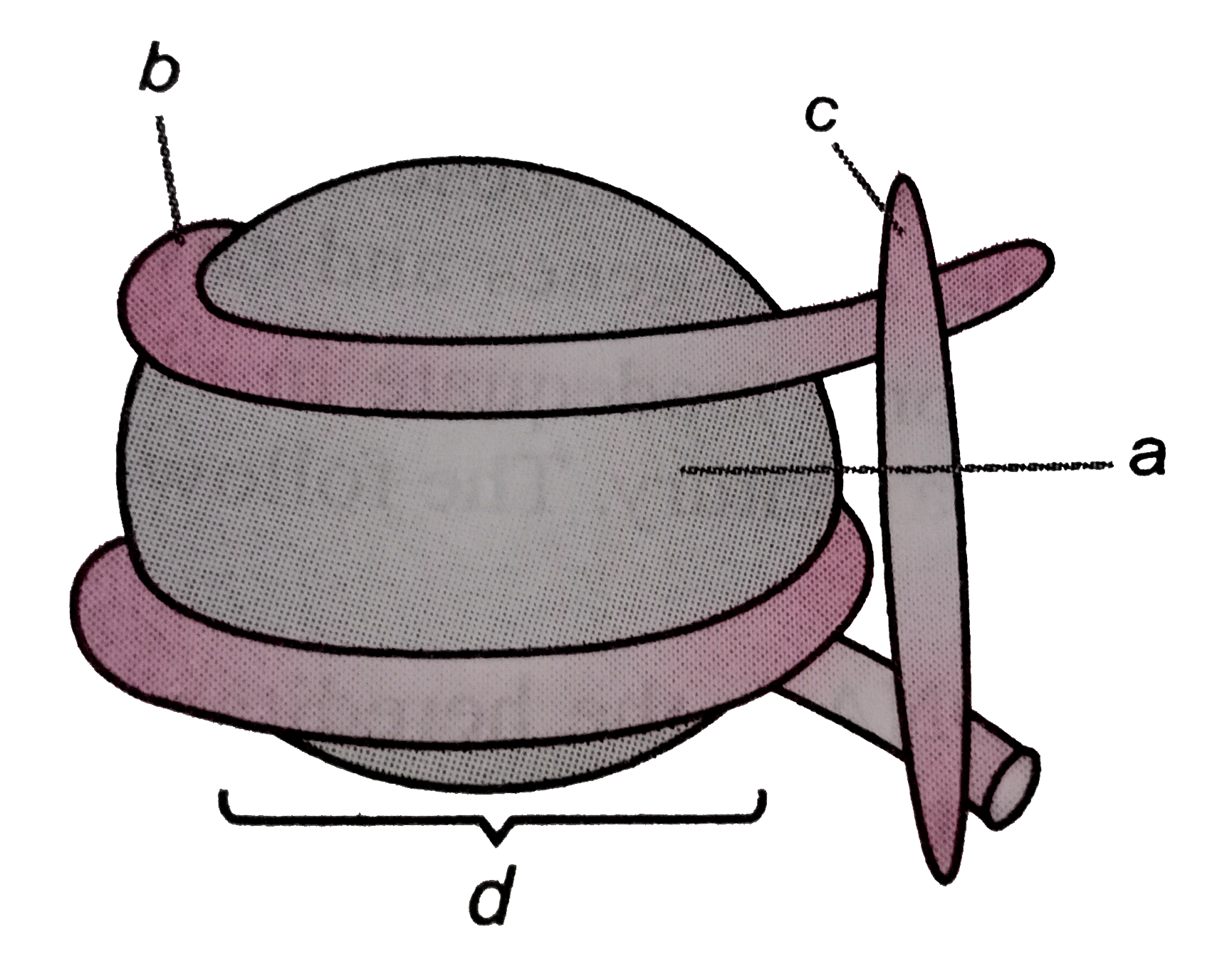
(a) What is this diagram representing ? (b) Name the parts a, b, c and d.
(c) In the eukaryotes the DNA molecules are organised within the nucleus. How is the DNA molecule organised in a bacterial cell in absence of a nucleus ?
(a) This diagram is representing the structure of nucleosome (b) a = Histone octamer, b = DNA, c = H I histone, d = Core of histone molecules
(c) In a bacterial cell, DNA molecule is held with some proteins in the region of nucleoid. The DNA in nucleoid is organised in large loops held by proteins.
Topper's Solved these Questions
- MOLECULAR BASIS OF INHERITANCE BOOK - PRADEEPCHAPTER - MOLECULAR BASIS OF INHERITANCE EXERCISE - PRACTICE QUESTIONS (Multiple Choice Questions)
111 Videos
- MOLECULAR BASIS OF INHERITANCE BOOK - PRADEEPCHAPTER - MOLECULAR BASIS OF INHERITANCE EXERCISE - PRACTICE QUESTIONS (Assertion-Reason Type Questions)
14 Videos
- MOLECULAR BASIS OF INHERITANCE BOOK - PRADEEPCHAPTER - MOLECULAR BASIS OF INHERITANCE EXERCISE - ADDITIONAL QUESTIONS (LONG ANSWER QUESTIONS)
48 Videos
- MICROBES IN HUMAN WELFAREBOOK - PRADEEPCHAPTER - MICROBES IN HUMAN WELFAREEXERCISE - PRACTICE QUESTIONS (ASSERTION-REASON TYPE QUESTIONS )
12 Videos
- ORGANISMS AND POPULATIONORGANISMS AND POPULATIONSBOOK - PRADEEPCHAPTER - ORGANISMS AND POPULATIONORGANISMS AND POPULATIONSEXERCISE - Additional Questions (Very Short Answer Questions)
1 Videos
Similar Questions
(a) What is this diagram representing?
(b) Name the parts a, b and c.
(c) In the eukaryotes the DNA molecules are organized within the nucleus. How is the DNA molecule organized in a bacterial cell in absence of a nucleus?
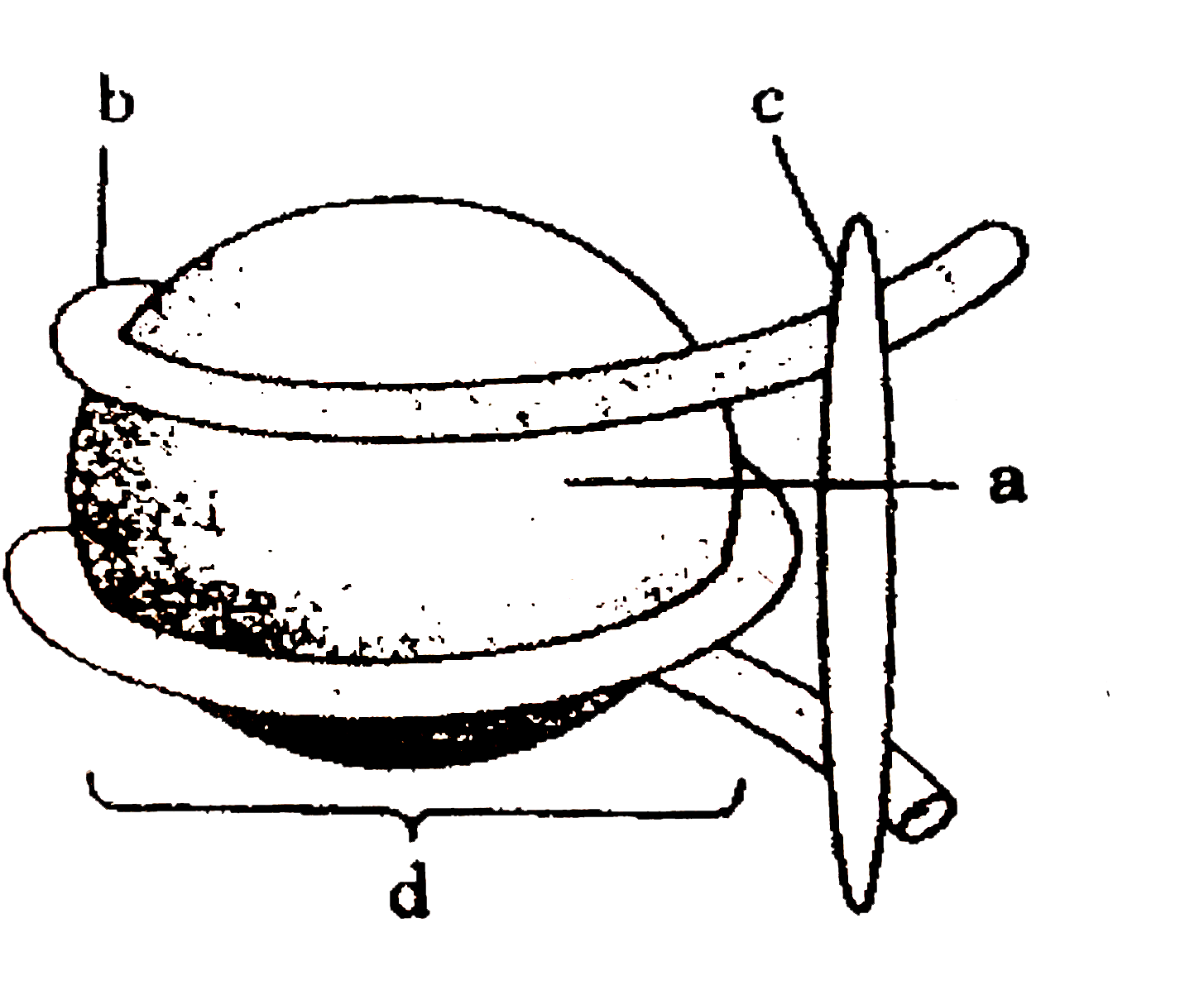
View SolutionName the parts A, B , C , D and E in the given diagram .
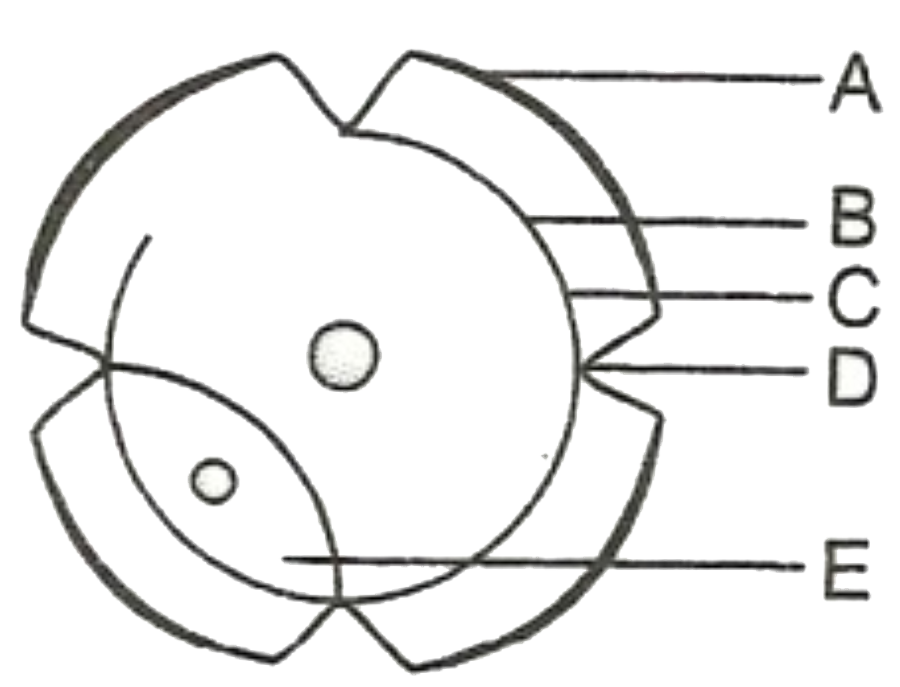
View Solution
Knowledge Check
Within nucleus, DNA is organised along with proteins into material called
ANuclear laminaBChromosomeCChromatidDChromatinIn the given diagram name of the parts A, B, C, D and E
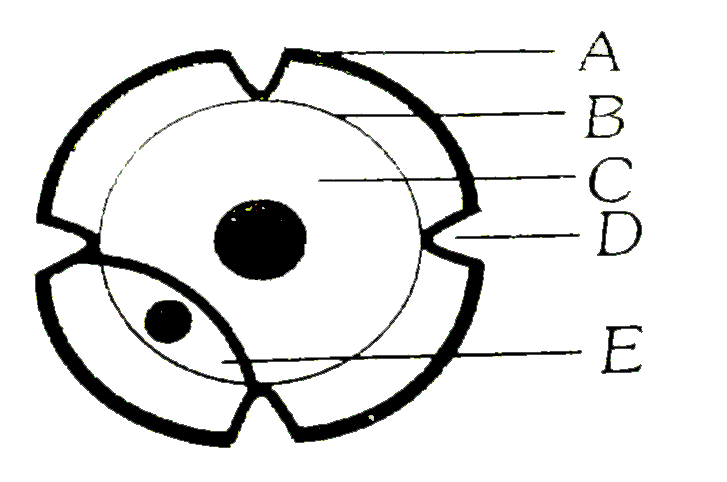 AA- germ pore, B- generative cell, C- intine, D- exine, E- vegetative cellBA- germ pore, B- generative cell ,C- exine, D- entine, E- vegetative cellCA - intine B- exine, C- germ pore, D- generative cell , E- vegetative cellDA- exine, B- entine, C- vegetative cell, D- germ pore, E- generative cell
AA- germ pore, B- generative cell, C- intine, D- exine, E- vegetative cellBA- germ pore, B- generative cell ,C- exine, D- entine, E- vegetative cellCA - intine B- exine, C- germ pore, D- generative cell , E- vegetative cellDA- exine, B- entine, C- vegetative cell, D- germ pore, E- generative cellIn the diagram of types of placentation a, b, c and d represent
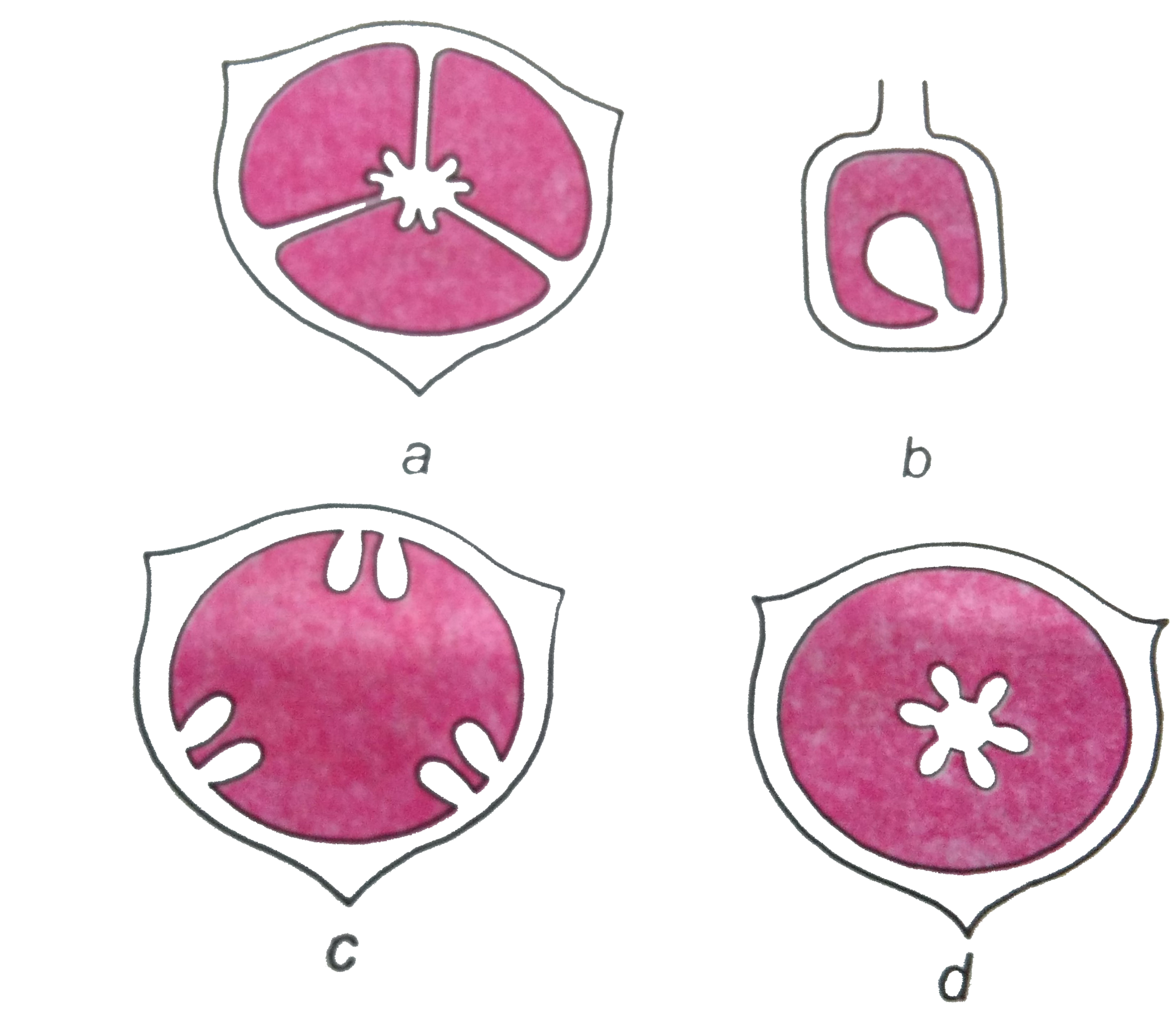 ABasal, axile, parietal and free centralBFree central, Paritetal, basel and axileCAxili, basal, parietal and free centralDParietal, axile,free,central and basal
ABasal, axile, parietal and free centralBFree central, Paritetal, basel and axileCAxili, basal, parietal and free centralDParietal, axile,free,central and basal
In the diagram of lenticel identify the parts as A, B, C, D
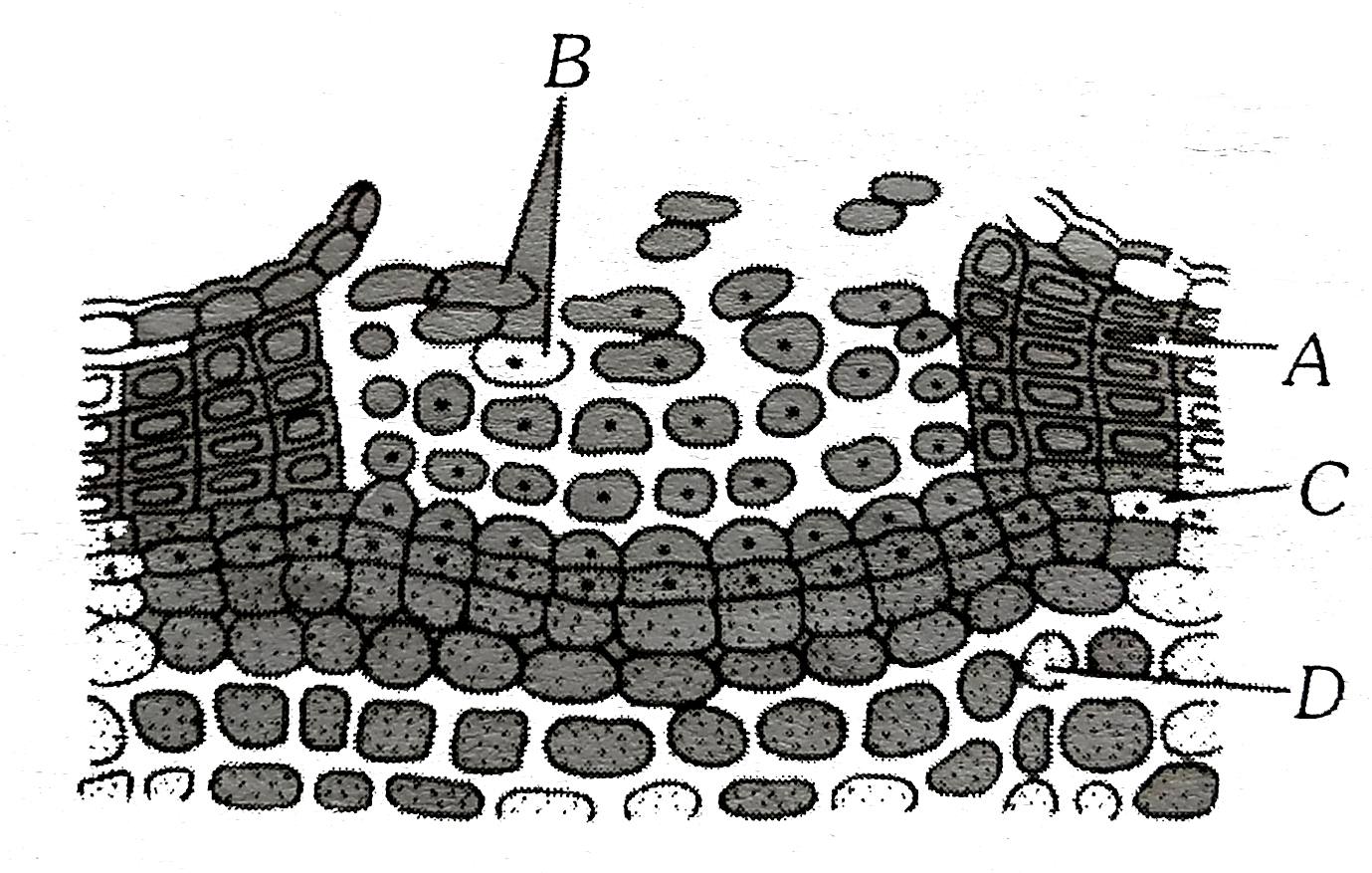
View Solution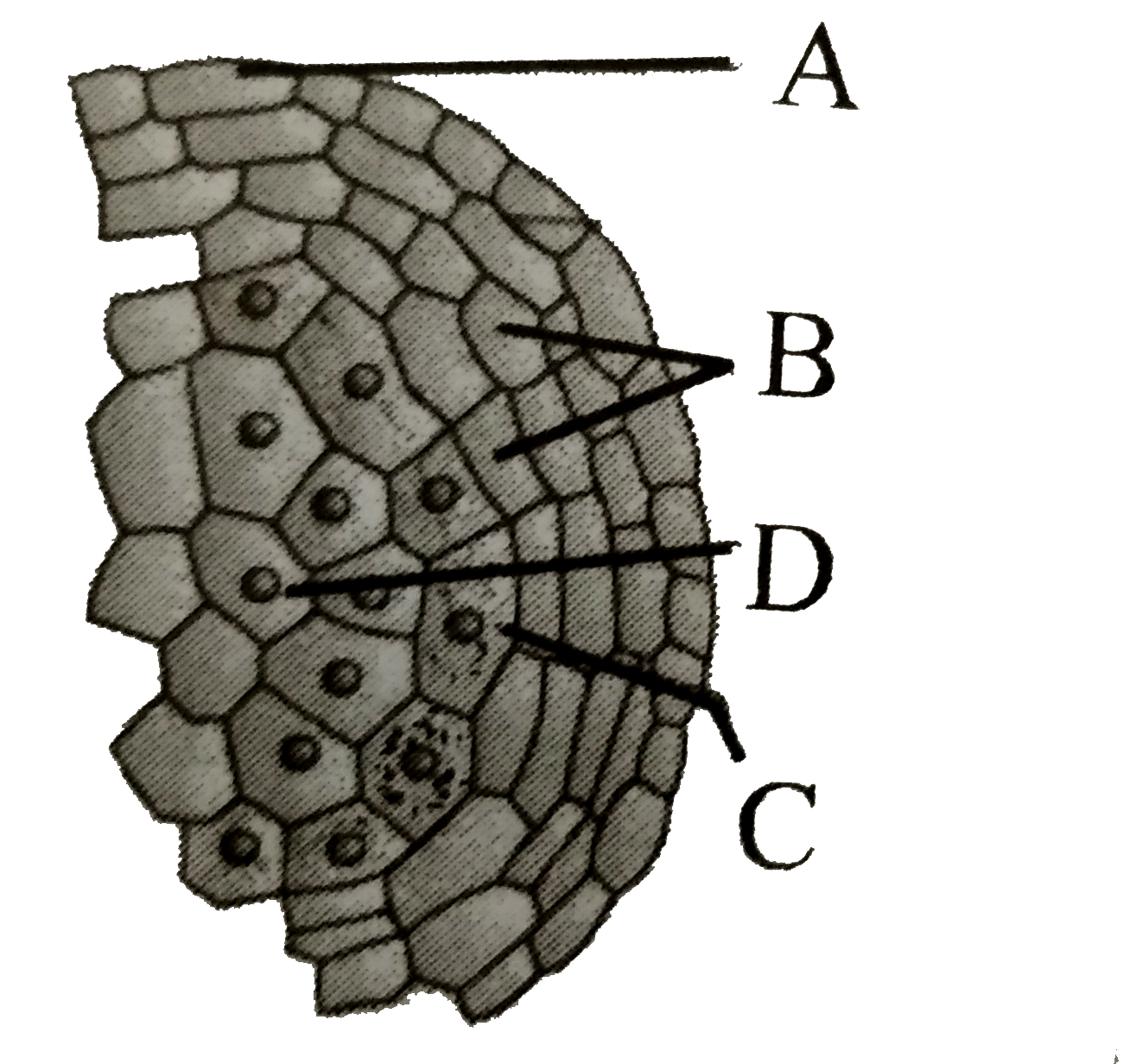
Write down the name of parts A, B, C and D
View SolutionWhat does the above diagram illustrate?
Name the parts labelled 'a' and 'b'.
Name the types of cells that produce this molecule.
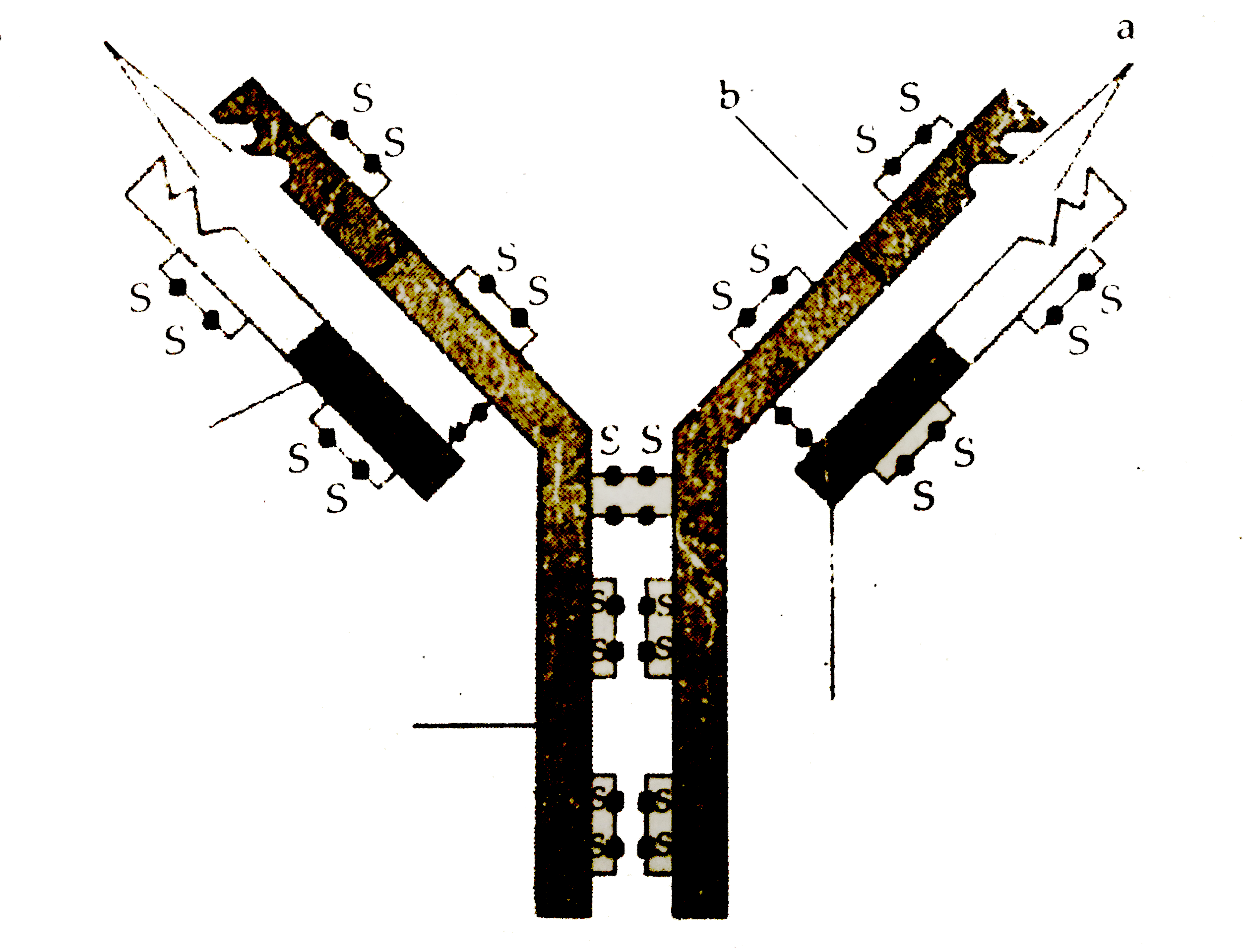
View SolutionThe length of DNA molecile greatly exceeds the dimensions of the nucleus in eukaryotic cell. How is this DNA accommodated
View SolutionThe length of DNA molecile greatly exceeds the dimensions of the nucleus in eukaryotic cell. How is this DNA accommodated
View Solution
